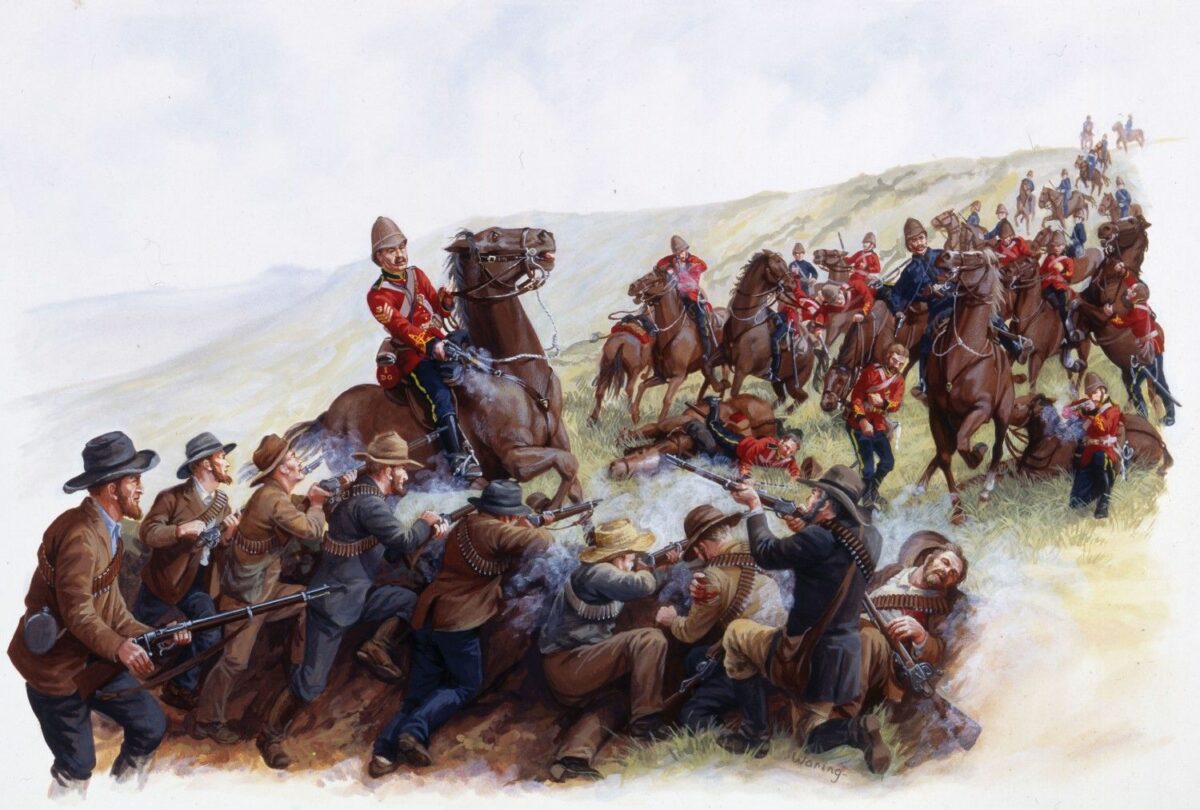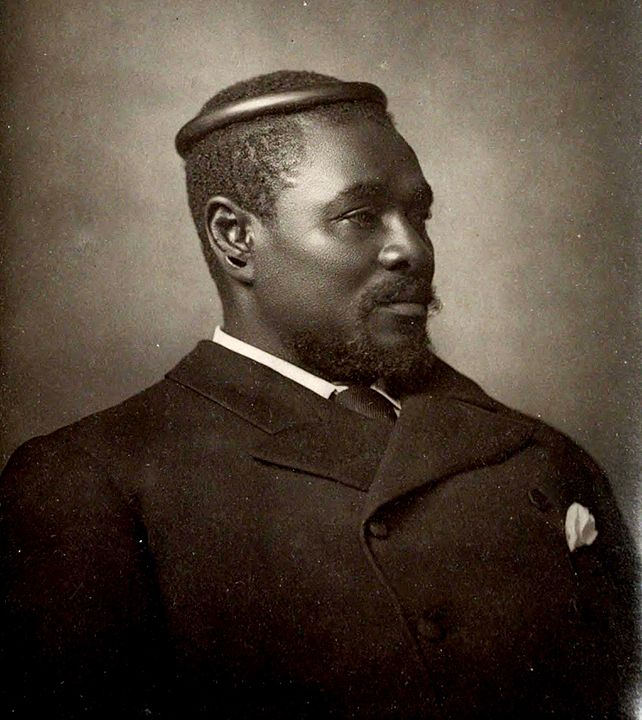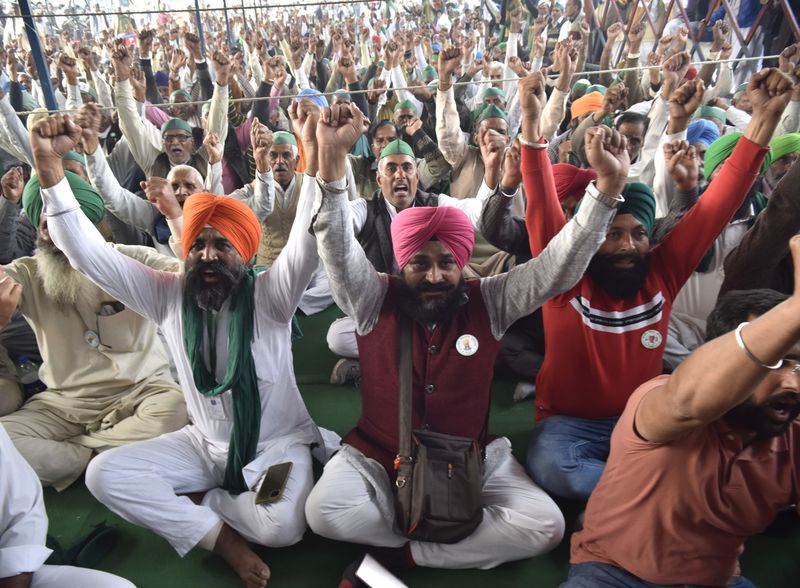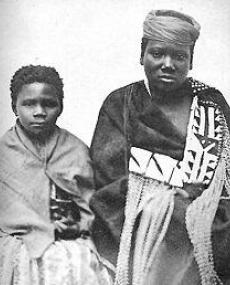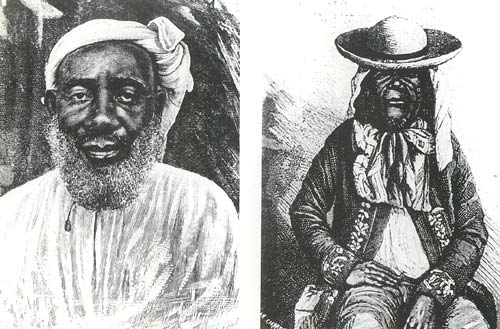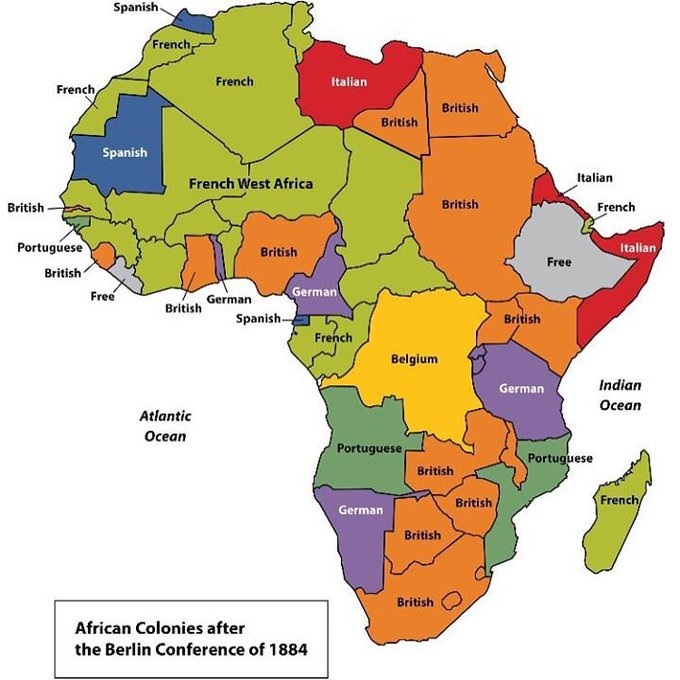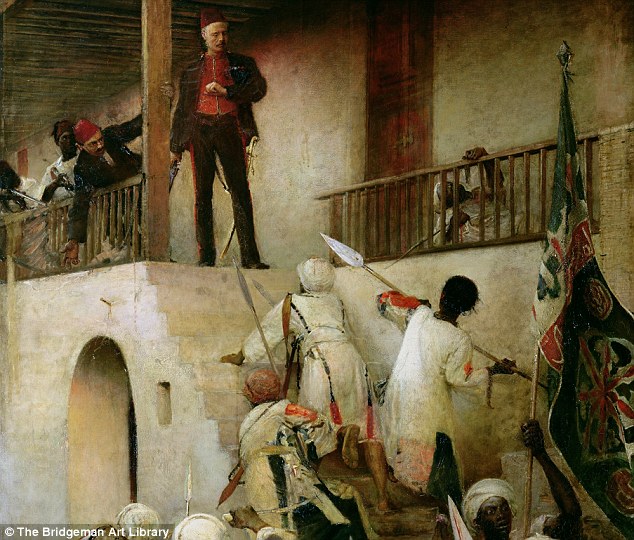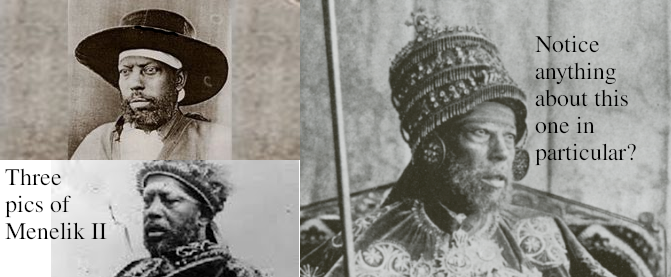Continuing the history of the Scramble for South Africa, we talk about the Boers, the Dutch settlers and their attacks on the Africans and then on the British conflicts with them, up to the discovery of diamonds at Kimberley that might just be the event that set off the entire scramble. South Africa’s unbelievable mineral wealth and what it did to British imperial minds; who’s responsible for apartheid; and more, in this episode.
Scramble for Africa 9b: South Africa pt2 – The Zulus from Shaka to Cetshwayo
Part 2 of our series on the Scramble in South Africa takes us back to the Zulu modernizer, Shaka, in the early 19th century, all the way to the end of the Anglo-Zulu War between the British imperialists and the Zulus ruled by Cetshwayo. The land theft and swindling you’ve come to expect from the Scramble for Africa combine here with some sharpening of white supremacist ideology, a lot of which it turns out was developed specifically to find a theory of how and why the British Empire should settle and rule South Africa.
AEP 100: Debriefing the Indian Farmers’ Victory with Navyug Gill
I’m joined by Navyug Gill from William Paterson University to talk about the historic victory of the Indian Farmers who, after demonstrating for a whole year at the cost of 750 lives, succeeded in forcing the repeal of three laws that would have immiserated agriculture in India, done away with the government procurement system, and subjected the entire agricultural system to new levels of instability and volatility. Instead, the farmers stopped the seemingly unstoppable Modi juggernaut. We talk about how they did it and what might come next.
Scramble for Africa 9a: South Africa pt1 – Frontier Wars and Settler-Colonialism
The wealthiest and most powerful state in Africa is South Africa, and its fate has been pivotal to the whole continent. This was no less true during the Scramble for Africa, which is why this series will have multiple episodes on South Africa. In this one, the so called “frontier wars” between the Europeans and the Xhosa; the Cattle Killing Movement; how the Cape Colony fell into British hands, the Boers and the British Empire, the Dutch East India Company, Canada and other analogies…
Lin3r Notes 1: On the racist who wrote “Lest We Forget”
Episode 1 of Dan Freeman Maloy’s series Lin3r Notes. Frequent guest and collaborator Dan Freeman-Maloy (@lin3rnotes on twitter) has a new substack, “Check the Liner Notes” (https://freemanmaloy.substack.com/), and will be podcasting on related topics here on AEP. This episode is about the Canadian / British imperial WWI commemoration, Remembrance Day, and some of the literary objects around it: the poem, In Flanders Fields, the various versions of O Canada, and of course the phrase Lest We Forget, penned by the racist writer Rudyard Kipling. Dan’s newsletter and podcasts will be unraveling how British imperial racists used language – from deception disguised as “plain-speaking”, to co-optation of compassion towards in-group morality, and everything else – to fulfill their objective of, well, world domination. Having taught racism for so long, is a redirection against racism possible for our education system?
Scramble for Africa 8: Belgium Steals Congo
This one is about the precolonial African powers in the Congo – Zanzibar’s representative Tippu Tip, Msiri of Katanga, and a few others (but mainly these two). We talk about their rise in the context of growing European power, and their eventual fall to Belgium – although as you’ll see it wasn’t exactly Belgium, but Leopold II and his British and German allies that made the theft of Congo possible. Another key piece – the centre of the board – falls in the Scramble for Africa.
Scramble for Africa 7: The Continent Carved Up at the Berlin Conference 1884
After six episodes of preparation we are ready to talk about the famous Berlin Conference of 1884 where Africa was actually carved up. Along the way you meet some of the most legendary villains – Stanley and Leopold (though you still haven’t met Rhodes), also Livingstone and Brazza. We end in Berlin itself and at the Berlin Conference 1884.
A destroyed Afghanistan has been an imperialist priority for 200 years
As the British before them, US imperial propaganda treats itself as the victim and those they invaded and occupied as the criminal
On August 18th, shortly after the Taliban took Kabul, former British Prime Minister Theresa May stood up in the British House of Commons and asked: “Where is global Britain on the streets of Kabul?” The rhetorical question, as well as the concept of “global Britain” itself, sounds like pandering to a bygone era of imperial glories. But a survey of what it looked like when “global Britain” first showed up on the streets of Kabul, and the nearly two centuries since, could help clear up some muddled thinking about Afghanistan today.
Imperialist designs on Afghanistan
While they were about halfway into their 180 years of plundering $45 trillion from India, the British always knew that an alliance of neighbouring states – the Persian Empire, the Sikh Empire, Afghanistan – could pry their claws off of their prize.
As the British completed the destruction of their rivals and the absorption of territory, Afghanistan came under their hungry gaze. Initially the plan was to install a friendly monarch on the throne and turn him into a pensioner, along the Indian pattern.
The opportunity came in the form of an exiled monarch, Shah Shuja, who the British hoped to install on the throne in Kabul. After elaborate preparation, the British invaded from India in a momentous year for imperialism – 1839. That very same year, they launched the first Opium War on China and began what that country calls its ‘Century of Humiliation’. The army the British sent into Afghanistan consisted mostly of Indian troops, who were treated according to a strict racist hierarchy. “Rather strangely”, writes Farrukh Husain, author of Afghanistan in the Age of Empires, “the British Indian army operated an apartheid system for provision of food. British soldiers received more food rations than Indian troops and the camp followers received less still.” When food ran low, all of it went to the white soldiers while the native troops starved.
British forces raped, slaughtered, and looted their way through Afghanistan. They kidnapped the wives of their allies. They blew Afghans out of cannons (a move they made more famous in 1857 India). They destroyed the economies of the cities they seized. One British agent, a Kashmiri named Mohan Lal, wrote: “I heard both the men and the women saying that the English enriched the grain and grass sellers…while they reduced the Chiefs to poverty, and killed the poor by starvation.” Upon occupying Kabul, the British raised taxes on the locals – unleashing an army of collectors on Afghans, who had to borrow the money to pay the taxes, and then proceeded to lose their houses and other assets, in a standard pattern repeated throughout the colonized world.
Even centuries ago, the imperialists were interested in Afghan minerals. One held the “opinion that a good geologist would be very useful in Afghanistan as the country is said to abound in minerals of every description.”
But after abusing both their allies and their enemies, the British lost control of Kabul and were driven into retreat. The king they put on the throne, Shah Shuja, was assassinated in 1842.
A less vindictive power might have ended it there, but “teaching the natives a lesson” through extreme violence has also always been a pattern of the imperialists. After their loss the British re-grouped and created an “Army of Revenge” against the Afghans for having the temerity to drive them out. The British destroyed Ghazni, an important city which has never recovered: “Ghazni was lost in the darkness of the night to be forgotten by history.” They also looted the gates at the 800-year old tomb of Mahmood of Ghazni and brought the gates back to the Agra Fort. After Indian independence, the Indian government created an official inscription stating that the gates are “lying here either as a war trophy of the British campaign of 1842, or as a sad reminder of the historic lies of the East India Co.”
The Army of Revenge sought to destroy the agricultural and ecological basis of life in Afghanistan: “Our way of destroying the country is very simple, merely cutting a ring through the bark of every tree. This ruins the country completely as the trees die directly and the inhabitants live principally on dried fruit and flour made from the dried mulberry.” There was no other purpose to this army than destruction: “every house was destroyed, every tree barked or cut down”. Neville Chamberlain reported of a village where all males over puberty were bayoneted, the women were raped and their goods plundered: “This is one of the most beautiful valleys in Affghanistan, but we left it a scene of desolation;” At one fort that the British destroyed, Reverend Allen described the scene: “One woman was the only live thing in the fort. She was sitting, the picture of despair, with her father, brother, husband and children lying dead around her.”
Still the imperial bloodlust was unsatisfied. Upon reaching the capital the British debated whether to destroy Kabul or not (one British commander said “not one stone should have been left standing upon another”), and also whether or not to kidnap the king’s child and bring him up as a Christian in London (which they did to Prince Duleep Singh after the Anglo-Sikh wars). The British finally settled for destroying the most spectacular building in Kabul, the Char Chatta market, described by Farrukh Husain as “the greatest covered bazaar of all Central Asia, a veritable regional trade centre if not world trade centre from whence Afghan lapis, dried fruits and rugs went to far off lands on the silk road.” In his own book about the 1839-1842 war, William Dalrymple described it as “superb structure with its painted wooden vaulting and intricate tilework, said by some to be the single most beautiful building in Afghanistan… originally built during the reign of Shah Jahan and renowned not just as one of the supreme wonders of Mughal architecture but as one of the greatest buildings in all Central Asia.”
The dynamiting of Char Chatta bazaar was part of a general carnage enacted by the British in Kabul: “the city was pillaged, and fired in a hundred different places. Numbers of the European soldiers… and crowds of sepoys and followers from both camps, poured in, through many unwalled spaces, and with little interference from the troops on duty, who indeed, to a certain extent aided and abetted, the work of plunder and destruction was carried on, and the few remaining inhabitants were exposed to outrage.” “Outrage” itself was a euphemism for rape, murder, indiscriminate killing, enslaving and trading of women, burning of wounded people alive. “Many a hiding mother hen and newborn infant died. But such things like these you know must be at every famous victorie.” Murder and loot went together: “All day the sack went on, and great booty did the captors get, rich dresses, shawls, carpets, silks, horse trappings, arms, emblazoned Korans, etc”
The engineered demolition of the most magnificent building in Central Asia was not an accident or a crime of passion. Imperialists always try to destroy the cultural heritage of their targets. The same way that Iraq’s National Museum was looted immediately after the US occupation began in 2003, the destruction of Afghanistan’s culture has been an objective of the imperialists for centuries.
On their way back to their base in their Indian colony, the British destroyed other cities, including Jalalabad, which they left “a smoking mass of ruins”. When the British left Afghanistan, one officer writes in 1843: “The work of retribution was now deemed accomplished, and, indeed, it was severe…nor will years repair the damage and evils inflicted”. Another writer, Roebuck, summarized it: “Ghuznee, Cabul, Istalif and Jalalabad have shared a common doom; havoc and desolation have marked the path of our conquered armies, and as fell a revenge has been inflicted on our foes as the warmest advocate of retaliation could desire.”
One British Minister of Parliament, William Hutt, lamented the loss of business opportunities: “We had destroyed every town which could afford us a market, and centuries would elapse before Affghanistan recovered from the misery and desolation in which it had been plunged.”
Having failed to subjugate Afghans, the British imperialists decided the country was to be a buffer zone and dedicated themselves to ensuring it would remain divided, undeveloped, and ideally controlled by compliant rulers. But even this arrangement could not be accomplished without additional wars.
Modernization efforts clash with imperialist designs
The decades after the 1839-1842 war on Afghanistan were decisive in the history of imperialism.
On the North American continent, the United States took all of northern Mexico in the Mexican American war of 1846-8 and followed it with a series of wars and genocides against Indigenous nations. Most of what is now Canada was stolen from First Nations at the same time.
Having devastated Afghanistan, the British next put an end to the Sikh Empire in 1849. In 1852, the British took more territory in Burma. I’ve already mentioned the war of 1857, during which the British faced a powerful challenge to their rule in India. Diminished as a “mutiny”, the uprising was multi-religious, multi-caste, across much of the country, and nearly succeeded in ousting the British, who suppressed it by killing millions. In the decades that followed, documented by Mike Davis in Late Victorian Holocausts, imperialists broke down China’s and India’s sophisticated agricultural systems and tens of millions of Asians died in the resulting famines.
Enjoying years of calm left behind after the mass slaughter of 1857, the British decided in the 1870s to try again to annex Afghanistan. The propaganda of “avenging” the losses of the first round was revved up, including a famous painting of a lone survivor of the 1842 retreat. The horrible cliche of invincible savage Afghans is less the product of multiple wars and more the product of multiple rounds of war propaganda.
In the Second Anglo-Afghan War in 1878-9, Britain imposed the humiliating treaty of Gandamak on Afghanistan, which gave Britain control over Afghanistan’s foreign policy (this was a time when successive humiliating treaties were also foisted on China and Indigenous nations in North America). In 1893, Mortimer Durand – whose father had helped destroy Afghanistan in the 1839-1842 war – went to Kabul and imposed a division of the Pashtun lands into the British India side and the Afghanistan side, seeding a century of conflict with the stroke of a pen.
The British invaded Afghanistan again in 1897 to suppress what they called the Malakand Uprising, with the same vindictive imperial purpose. Winston Churchill was there, and what he told a friend was representative: “After today we begin to burn villages. Every one. And all who resist will be killed without quarter. The Mohmands need a lesson, and there is no doubt we are a very cruel people.”
On the Afghan side, though, the drive to modernize (chronicled in Pankaj Mishra’s From the Ruins of Empire) was strong – inspired by Turkey, Japan, and the Russian Revolution, the courts of the Afghan monarchs debated ideas and envisioned building a state capable of withstanding imperial pressure. In February 1919, the young king Amanullah Khan took the throne. The new Soviet Union, itself desperately fighting off an invasion by the imperialists, quickly extended recognition to the new monarch. A short war with the British followed in May, which ended with Afghanistan winning foreign policy independence. Having just slaughtered 1,000 Indians at Jallianwalla Bagh in Amritsar in April, The British may have been concerned about the morale and reliability of their Indian troops – these were the men who, after all, fought the British Empire’s wars.
Afghan history has had many twists and turns since Amanullah won its independence in 1919. One under-appreciated theme: it has been a century of nationalists struggling to modernize their country in the face of imperialism. If it is rarely understood this way, it could be, among other reasons, because many of the nationalists killed each other.
In 1929, Amanullah was overthrown in a British backed regime-change operation and a series of short-lived rulers followed, until king Zahir Shah, who ruled from 1933-1973. Zahir Shah was also a modernizer, who tried to develop the country under growing pressure from the new US empire.
When the CIA overthrew neighbouring Iran’s elected government and installed the pro-US Shah in 1953, the US gained its own independent military foothold in the region. Taking over the British imperial role, the US injected a new ideology of “development”, as well as “democracy and human rights”, to compete with the socialism and independent national development desired in the colonies. US Historian Nick Cullather wrote in 2002: “The confrontation between colonizer and colonized, rich and poor, was with a rhetorical gesture replaced by a world order in which all nations were either developed or developing.” And in this scheme, Afghanistan “suddenly became ‘underdeveloped’”. Daud Khan, the king’s cousin, said succinctly: “Afghanistan is a backward country. We must do something about it or die as a nation.”
And much was done about it, with help from both Cold War blocs. The USSR built highways linking Kabul to the Central Asian Republics, including the engineering feat of cutting the 2.67km Salang Tunnel through the Hindu Kush mountains in 1964. Germany and Japan built factories and radio towers.
The flagship US project was the Helmand Valley Authority, which historian Arnold Toynbee described as “a piece of America inserted into the Afghan landscape.” Through the Helmand Valley Authority, which ran from 1946-1979, America engaged Morrison-Knudson – builders of Hoover Dam and the San Francisco Bay Bridge, active all over the world – to build a network of dams. Agricultural fields – which now grow opium – in Helmand were improved and made capable of multicropping. In Afghanistan in this period, Cullather notes, the Cold War was “fought with money and technicians instead of spies and bombs.”
In fact the spies and bombs were well on their way. From 1964-1973, there was a famous “democratic opening”, during which the US exercised influence over pro-US Afghan politicians to try to exclude the left. In 1973, Daud Khan, another modernizer, took over in a coup. There is evidence in the Wikileaks Kissinger Cables that the US were themselves planning a coup that year to counter the growing influence of left-wing politics. The first mujahadeen uprising occurred against Daud’s modernizing efforts in 1975 – led by Ahmad Shah Masoud of the Panjshir Valley, it failed to win any popular support and was easily crushed. In 1977, Pakistani Prime Minister Zulfiqar Ali Bhutto was overthrown by General Zia ul-Haq. Bhutto had offered a degree of support to the mujahadeen: Zia-ul-Haq radically stepped that support up. In 1978, Daud himself was overthrown by the left-wing, and Muhammad Taraki became president. A co-founder of what was called the Saur Revolution was Hafizullah Amin. Taraki was president from April 1978-September 1979. He was killed (maybe by Amin). Then Amin took over from September 1979-December 1979.
During the Taraki/Amin year and a half, there was a land reform, which was very popular with farmers and very unpopular with landlords. A number of these disaffected elites went to Pakistan to organize a revolt. The US supported these exiles, in a pattern familiar across the world of the US supporting right-wing insurgencies against left-wing governments. With an open border with Pakistan and virtually unlimited financial resources and weapons from the US, Saudi Arabia, and China, the mujahadeen quickly became a viable threat to the Afghan government, which asked the USSR for military support in 1979. When Soviet troops arrived, the Afghan leader who had invited them, Hafizullah Amin, was himself killed in still-unclear circumstances. Babrak Karmal – a former student leader and parliamentarian with a stronger relationship to Moscow – took over leadership.
The controversial post-1979 period
History is always contentious, but historical consensus on interpretations, or even facts, of an ongoing civil war is impossible. How to interpret the history of the past forty years? The standard interpretation argues that reformers from Amanullah to Zahir Shah, Daud, Taraki, Amin, and Karmal all tried to do too much too fast, failing to respect the deep conservatism of the Afghan people. But that is too shallow of an analysis. Every reform faces a conservative backlash and if the backlash succeeds, the reform itself can always be blamed for provoking it.
What we can say is: From 1979-1987, Afghanistan became the epicenter of a US-supported insurgency against the Afghan government and its Russian ally. The war devastated the country but the government’s modernization efforts continued. From when the Soviets arrived in 1979 until the end, the mujahadeen never again would pose a strong enough military threat to overthrow the government. Media commentators of all viewpoints in the 1980s admonished readers that “there was no military solution in Afghanistan” for either side. Yet Afghan’s government did fall: its demise was negotiated by Gorbechev and then Yeltsin. Hoping to appease the US, the Russian leaders agreed to abandon their allies in Afghanistan – and kept their word. Meanwhile the US, having made the same agreement, blithely continued to support the overthrow of the Afghan government and reject the reconciliation efforts of Afghanistan’s last modernizer, Mohammad Najibullah, who had succeeded Karmal in 1986. Even when Soviet troops withdrew in 1989, Najibullah’s government held on until 1992, when airlifts from Russia were halted altogether.
From 1992-2021: what the imperialists built
So it was in 1992 the US-sponsored insurgents finally toppled the Afghan government and proceeded to cleanse the country of communism and the idea of modernizing, nationalist reforms.
The mujahadeen then applied their skills in state destruction on the whole of the country. While some warlords were content to contain their depredations to their own base areas, two warlords in particular wanted control of Kabul and couldn’t agree – one was Gulbuddin Hekmatyar and the other was Burnuhuddin Rabbani (and Ahmad Shah Massoud). Hekmatyar was kicked out and proceeded to shell Kabul from outside. The 1992-1996 war destroyed much of what little development had survived the previous decade.
Into this context were born the Taliban, a group of young men raised entirely during war and by the Islamists with no influence from nationalism or communism (which had been cleansed from public memory). They repudiated the atrocities and chaos of the warlords and promised to bring them to an end. Starting in the refugee camps of Pakistan where they grew up, they took Kandahar, advancing quickly from 1994-1996 until they took Kabul. From 1996 to 2001, the Taliban ruled most of Afghanistan from Kabul (though several warlords continued to control northern areas and maintained an anti-Taliban alliance). In 2001, the US invaded, re-organized the warlords, and overthrew the Taliban, who retreated to Pakistan.
The US imposed their own candidate, Hamid Karzai as president under an Afghan-American viceroy, Zalmay Khalilzad. For the next 20 years, Karzai and then his successor, Ghani, ruled over the warlords; the US, through Khalilzad, ruled over Karzai and Ghani. Called ‘indirect rule’ in the 19th century, this arrangement would have been familiar to the British imperialists of that era. So, too, would the US’s geopolitical imperative: having lost its Iranian bases in 1979, the US had gained a covert new foothold in Pakistan that same year, but didn’t get the full power conferred by military occupation and multiple bases in Afghanistan until 2001.
For the next 20 years, the US treated Afghanistan as a video gameworld for practicing drone warfare, protected the opium trade, and committed continuous atrocities, including hunting Afghans for sport, while making it a playground for private contractors and NGOs. US bombs and night raids, which probably killed hundreds of thousands of Afghans, and the indifference to these deaths shown by the US-sponsored government, made support for the Taliban inevitable.
The 1996-2001 Taliban destroyed Afghanistan’s cultural heritage, massacred minorities, and subjugated women as severely as the mujahadeen. Will they be worse, better, or the same as the US-backed mujahadeen? It is too soon to tell, but here are two anecdotes.
First, the mujahadeen and the CIA turned Afghanistan into the world’s leading opium producer from the 1980s. The Taliban taxed opium but discouraged production, and in 2000 – whether for reasons of market manipulation or earnest principle – reduced opium production in Afghanistan to nearly zero. In 2001 they were overthrown and opium cultivation returned to even higher levels than before under US protection.
Second, like the mujahadeen among whom they grew up, the Taliban built almost nothing, but they did complete one infrastructure project. Cullather reported it in 2002: “During its five years in power, the Taliban government invested in the dams and finished one project begun but not completed by the Americans: linking the Kajakai Dam’s hydroelectric plant to the city of Kandahar. Work was finished in early 2001, just a few months before American bombers destroyed the plant.”
Scramble for Africa 6: Sudan – the fall of Gordon and the rise and fall of the Mahdi
The British imperialists take Sudan. First, they send Gordon, acting in the name of the Khedive of Egypt. That doesn’t go so well. The next expedition culminates in the brutal battle of Omdurman in 1898, the quintessential colonial military mismatch and the demonstration for the colonial use of the machine gun. We tell Gordon’s story in detail, and tell the story of the Mahdi and his successor the Khalifa, also in some detail, trying to get at least a little bit beyond what his British enemies (and captives) said about him.
Scramble for Africa 5: How Menelik Kept Ethiopia Independent at the Battle of Adwa, 1896
Fifth instalment in our Scramble for Africa series is the story of Abyssinia (aka Ethiopia), which managed to maintain its independence during the Scramble for Africa despite all the efforts of the would-be Italian colonizers (who would be back in the 20th century, but not during the Scramble). We focus on the rulers of Abyssinia but we get into the colonizer’s intrigues too, concluding with the decisive battle of Adwa, at which an African victory threw off European racial science so badly that Europe had to “whiten” the Ethiopian King Menelik II and the Ethiopians in their race theories.

